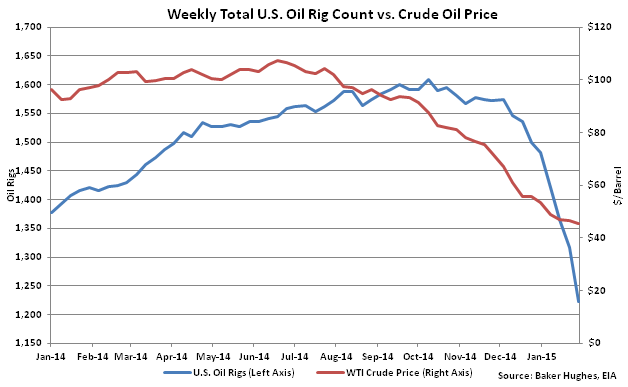BP You Could Realistically Double Your Money In Five Years BP p l c (NYSE BP)
Post on: 2 Апрель, 2015 No Comment

Summary
- BP’s current valuation is well below its historical normal of 11-13x earnings.
- Even if the company endures a worst-case scenario with a legal judgment from the oil spill, BP has the cash and asset backing to still deliver satisfactory returns.
- If you run a reasonably optimistic calculation on this company, the shares could realistically double within five years.
Now that most of the damage done to BP (NYSE:BP ) in the aftermath of the 2010 oil spill is working its way behind the company, we are left to survey what is left and then determine whether it offers good value for investors who want to experience a tidy dividend as well as P/E expansion to boot.
In the three years after the crisis, BP disposed of $35 billion worth of assets. Now, it’s finishing up selling another $10 billion worth of assets, at which point the expectation is that the company will have normal business conditions going forward.

So what’s left of the company? We have a firm that is earning 10.4% on shareholder equity, making $13.4 billion in net profits, paying out half those profits as dividends (technically, the payout ratio is 51%), with an operating margin at 8.5%. Over the coming year, BP is expected to post profits of $15.7 billion (and this takes into account the continued asset sales).
For people interested in performing historical comparisons of the stock, this puts BP in the position of being as profitable as it was in 2004 (back then, BP posted profits of $15.9 billion). Back then, BP traded at 13.1x earnings. If BP traded at 13.1x earnings of $5.10 per share, the stock price would be $66.81, or a 42% premium over where shares are today.
Obviously, the risk is that BP will have to sell even more assets if the company must endure an adverse final legal judgment from the oil spill. But it seems to me that BP has the capacity to withstand some abuse and still make for a decent investment. It has $22.5 billion in cash assets. It has 4.5 billion barrels of oil in proven reserves, and it is sitting on 33.3 trillion cubic feet of natural gas (not a typo). The company also possesses equity investments and joint ventures in another 5.4 billion barrels of oil, and another 7-8 trillion cubic feet of natural gas. When you factor in BP’s cash assets, proven reserves and the fact that it would have many years to pay a large settlement if it materialized, it would seem to be that the value of the shares at today’s prices justifies dealing with the legal cloud that has been suppressing the valuation.
The nature of conservative income investing is that you are always thinking in terms of worst case scenarios — that is useful, because it protects you from downside. But presumably, we end up investing because we anticipate that good things will happen to the stocks we buy. So it’s worth posing the question every now and then: What is the realistic best case scenario that could happen with this stock?
Well, the most optimistic analyst estimate I could find for the company five years from now is that the company will be making $7.75 in profits come 2019. BP’s typical valuation (before the company had the specter of an adverse legal judgment hanging over the shares) was 11-13x earnings. If BP traded at that valuation five years from now, you would be looking at a stock price somewhere between $85.25 and $100.75. And if the company paid out half its earnings as dividends, you’d be looking at a dividend payout of $3.88 per share. That means every dollar you invest today would be paying out about eight cents annually in dividends five years from now (perhaps higher if you reinvest your shares along the way).
Even if BP investors have to face a realistic worst case scenario in which the company would have to sell off more assets, it would still be equipped to cover its current dividend and generate over $10 billion in net profits (assuming that the company had to sell an additional $15 billion in a worst case scenario to complement its current $22.5 billion in cash assets). In that case, you’d still be collecting your dividend that is hovering around 5% and you’d get modest earnings per share growth from there. In other words, the investment would be satisfactory.
But if that worst case scenario does not materialize, then it would seem that shares are an absolute steal today. BP is a stock that typically trades at 11-13x earnings. When you take into account a 5% dividend, expected growth in profitability and P/E expansion, there are a lot of good things that can happen to people who buy BP at $47 per share today. At this point in 2014, the only stocks trading at discounts to intrinsic value come with a few warts on them. With BP, though, the risk adjusted potential seems to be great. In a worst case scenario, the investment should still do OK. And if the worst case scenario doesn’t materialize, then you could be looking to double your investment in the next four to five years (with dividends included).
Disclosure: I am long BP. I wrote this article myself, and it expresses my own opinions. I am not receiving compensation for it (other than from Seeking Alpha). I have no business relationship with any company whose stock is mentioned in this article.
Since you’ve shown interest in BP, you may also be interested in














